Who benefits from Trump’s new $100,000 H-1B visa fee?
American workers might see gains. But there are drawbacks.
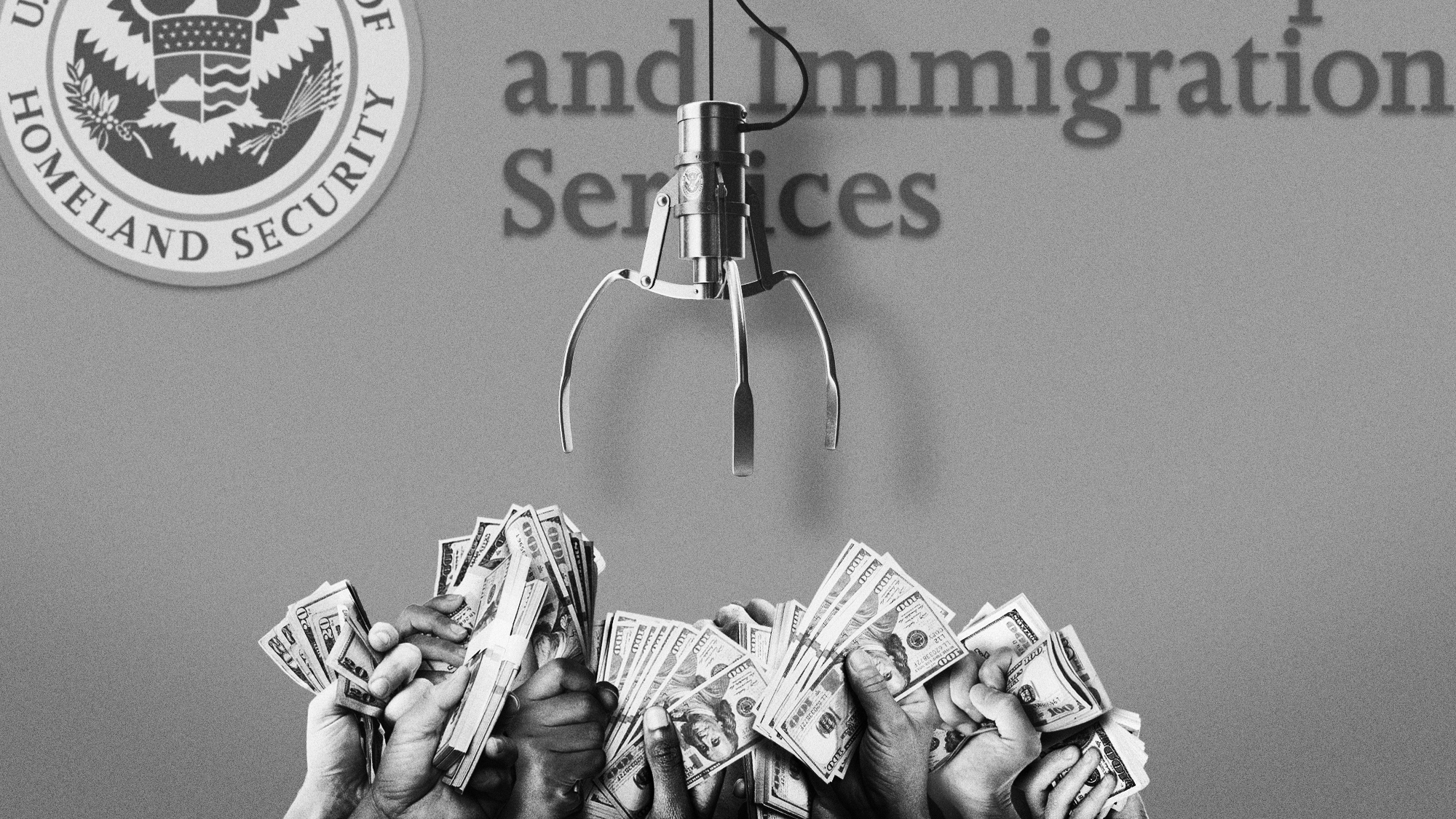

President Donald Trump has struck another blow against immigration. His White House has imposed a new $100,000 fee on H-1B visas that American companies use to bring top talent from overseas. Experts suggest U.S. workers may not benefit from the change.
Friday’s “abrupt” announcement “stunned and confused employers, students and workers” around the world, said The Associated Press. The affected businesses — including tech giants like Amazon, Meta, Microsoft and Tesla — “don’t actually know what that process will be like,” said León Rodríguez, a former U.S. immigration official. The White House defended the move. The H-1B visa program was being used by American companies to “fire their American staff and outsource IT jobs to lower-paid foreign workers,’’ the administration said.
Why is Trump changing the H-1B?
The argument for making H-1B visas harder to get is that “big technology companies shouldn’t be spending billions to train and import foreign employees,” said The Dispatch. Trump’s most hawkish anti-immigration allies like Steve Bannon and Laura Loomer have called for an end to the program, focusing particularly on Indian migrants who make up more than 70% of H-1B recipients. “How is it America First to let Indians replace America’s top talent?” Loomer asked last year. The H-1B program was capped at 85,000 visas a year. With the new fee, the president is “essentially saying that the number is too high,” said Hiroshi Motomura, co-director of UCLA’s Center for Immigration Law and Policy.
The Week
Escape your echo chamber. Get the facts behind the news, plus analysis from multiple perspectives.

Sign up for The Week's Free Newsletters
From our morning news briefing to a weekly Good News Newsletter, get the best of The Week delivered directly to your inbox.
From our morning news briefing to a weekly Good News Newsletter, get the best of The Week delivered directly to your inbox.
Will American workers really benefit?
“Economists aren’t so sure,” said The Wall Street Journal. Some research suggests H-1Bs helped U.S. workers and the overall economy “far more than it has hurt.” The visas “cause innovation, they cause entrepreneurship, they cause more R&D investment,” said George Mason University economist Michael Clemens. But others argue the program has displaced American workers. “The typical H-1B visa employee” is usually doing a job for which “otherwise available workers exist,” said University of Notre Dame economist Kirk Doran.
The fee “threatens to worsen a shortage of U.S. doctors,” said Bloomberg. The visa program has produced a “pipeline” of trained doctors, “especially in rural and underserved communities,” said American Medical Association President Bobby Mukkamala. International medical school graduates are a “critical part of our physician workforce.”
What next?
Trump has “scrambled a popular path” between the United States and India, said The New York Times. Making visas more difficult to obtain could “dent India’s economy” by reducing the money migrants send home and might result in “weakened ties between Indian and American companies.” While American tech companies are “globe-spanning behemoths,” India has produced more English-speaking engineers and scientists than “any other country.”
Trump’s new fee is a “significant opportunity for Canada,” said Bloomberg. “Cities like Vancouver or Toronto will thrive instead of American cities,” said Garry Tan, CEO of Y Combinator. Europe is also poised to reap the benefits, said CNBC. The continent’s nations may be the “beneficiaries of a potential rigorous brain drain,” said Paul Achleitner, former chair of Deutsche Bank’s supervisory board.
A free daily email with the biggest news stories of the day – and the best features from TheWeek.com
Joel Mathis is a writer with 30 years of newspaper and online journalism experience. His work also regularly appears in National Geographic and The Kansas City Star. His awards include best online commentary at the Online News Association and (twice) at the City and Regional Magazine Association.
-
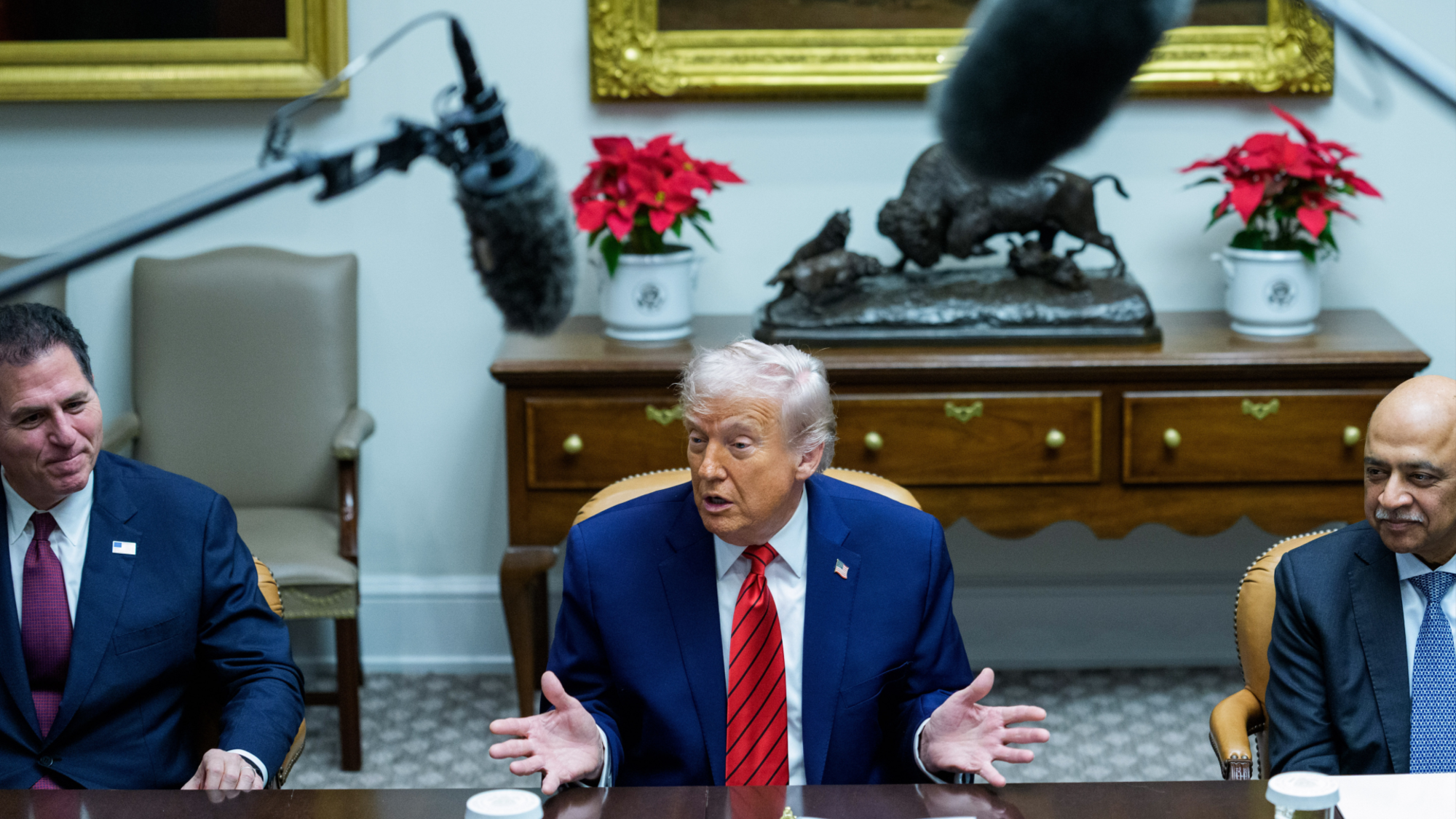 What role will Trump play in the battle over Warner Bros. Discovery?
What role will Trump play in the battle over Warner Bros. Discovery?Today’s Big Question Netflix, Paramount battle for the president’s approval
-
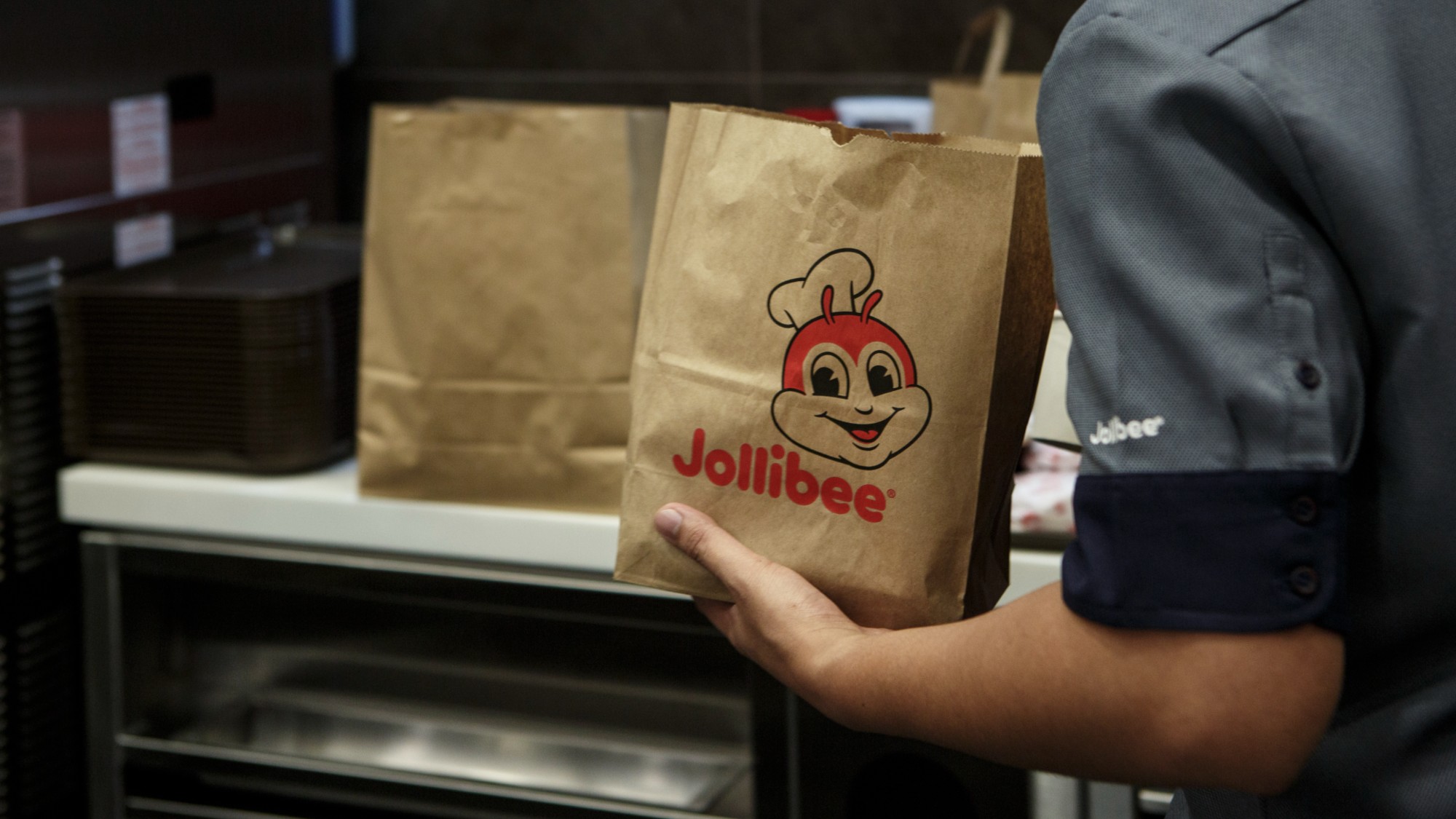 ‘The menu’s other highlights smack of the surreal’
‘The menu’s other highlights smack of the surreal’Instant Opinion Opinion, comment and editorials of the day
-
 Education: More Americans say college isn’t worth it
Education: More Americans say college isn’t worth itfeature College is costly and job prospects are vanishing
-
 The longevity economy booms as people live longer
The longevity economy booms as people live longerThe Explainer The sector is projected to reach $27 trillion by 2030
-
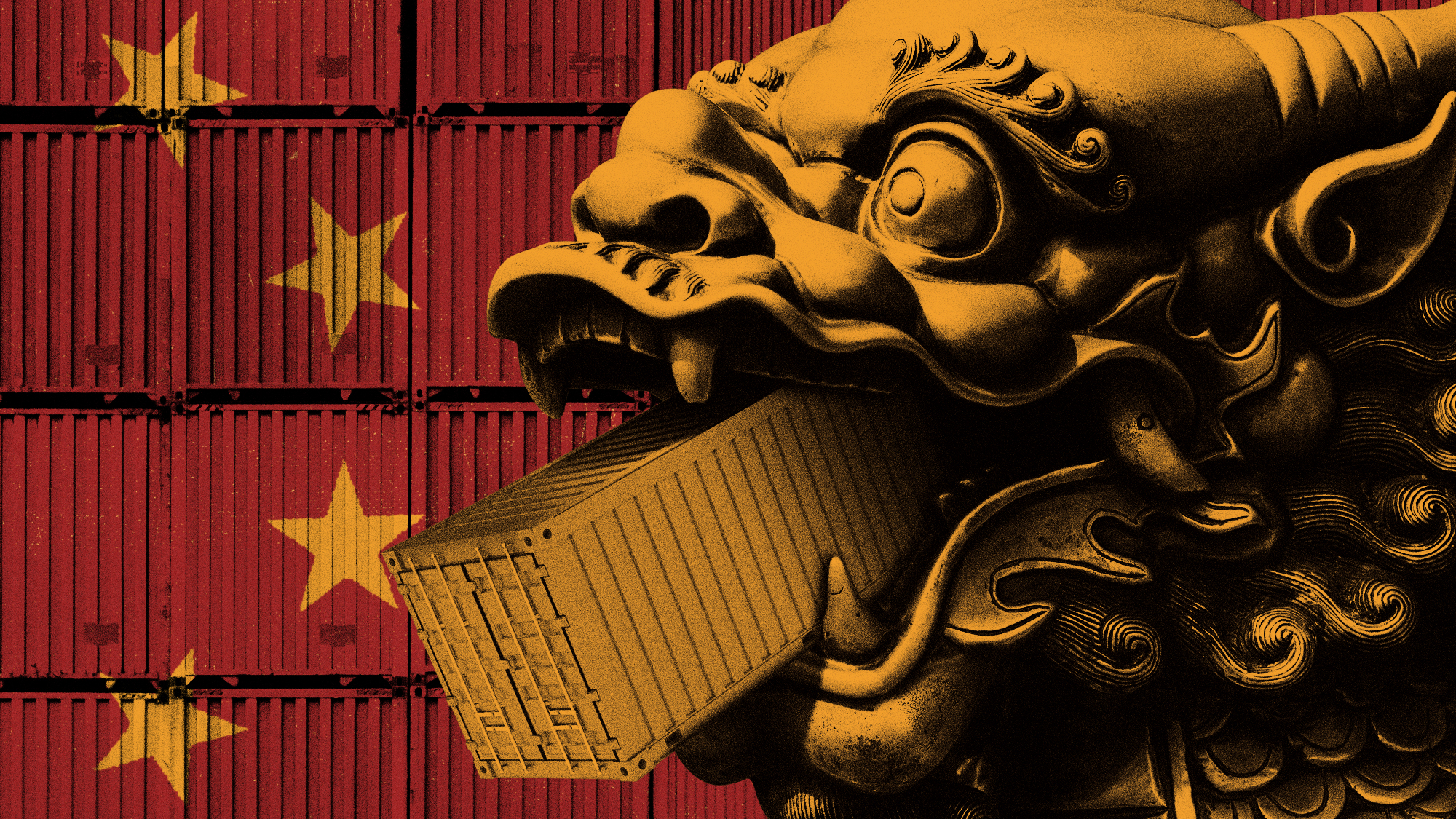 How will China’s $1 trillion trade surplus change the world economy?
How will China’s $1 trillion trade surplus change the world economy?Today’s Big Question Europe may impose its own tariffs
-
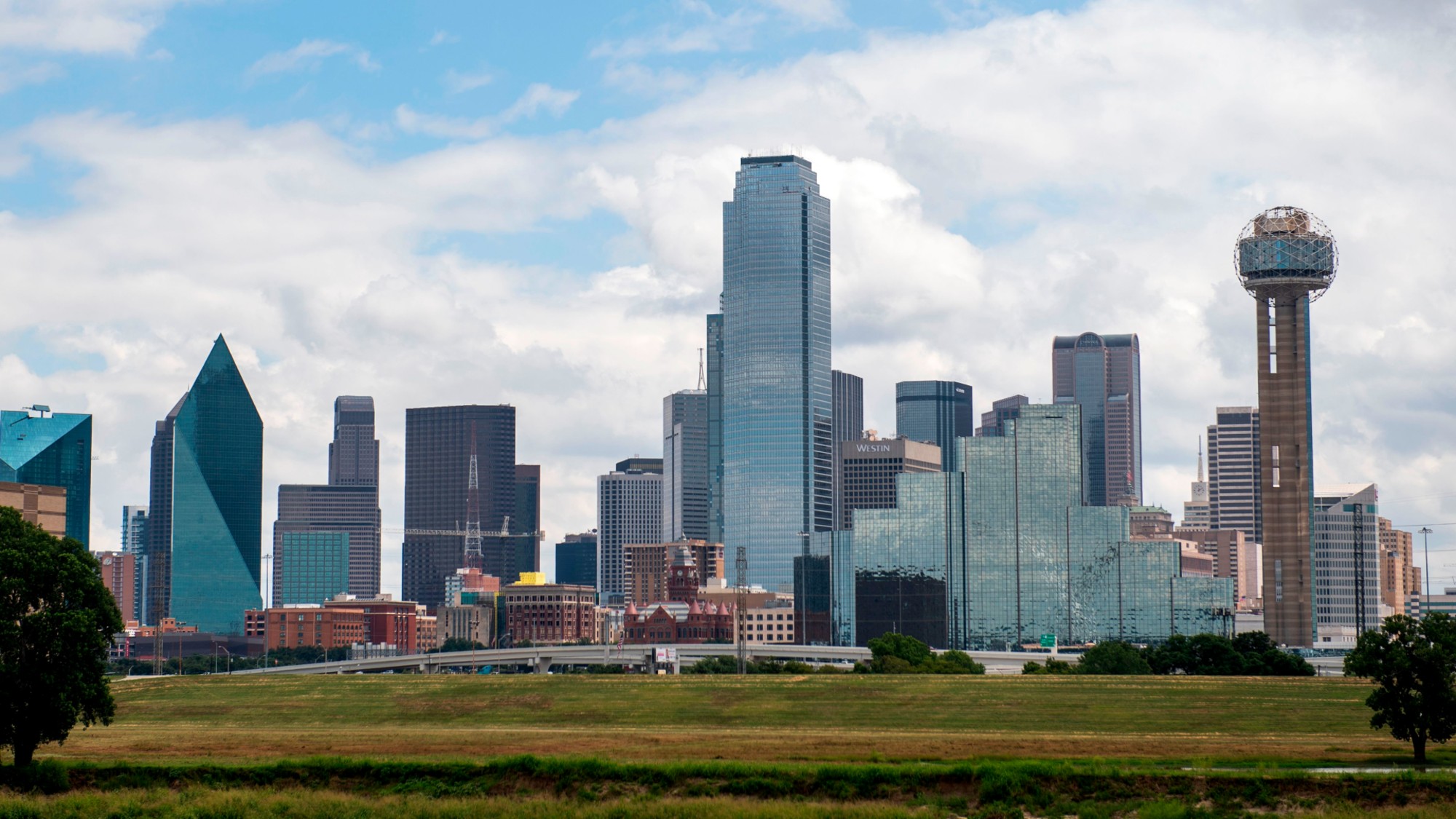 Texas is trying to become America’s next financial hub
Texas is trying to become America’s next financial hubIn the Spotlight The Lone Star State could soon have three major stock exchanges
-
 Employees are branching out rather than moving up with career minimalism
Employees are branching out rather than moving up with career minimalismThe explainer From career ladder to lily pad
-
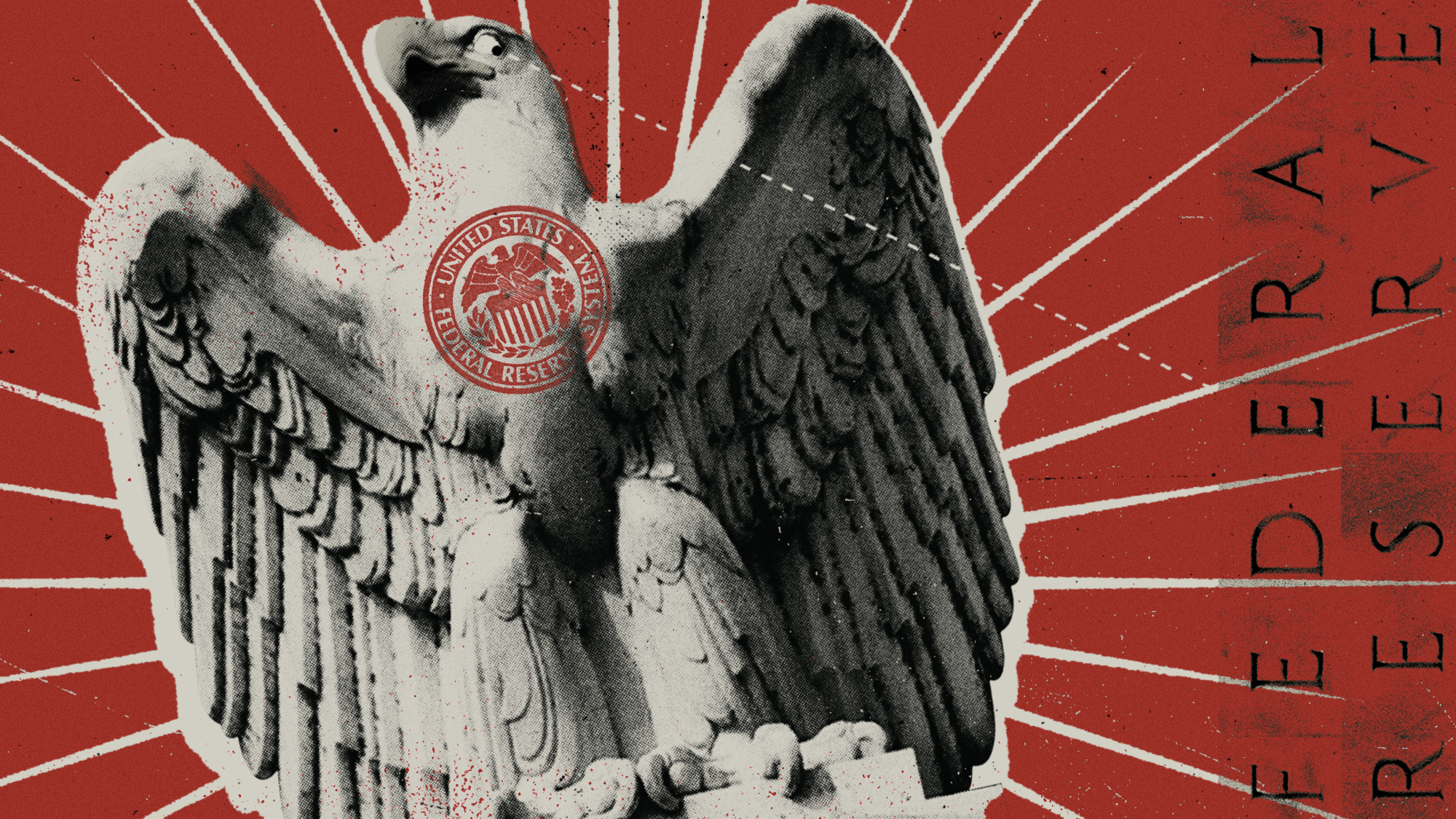 Who will be the next Fed chair?
Who will be the next Fed chair?Today's Big Question Kevin Hassett appears to be Trump’s pick
-
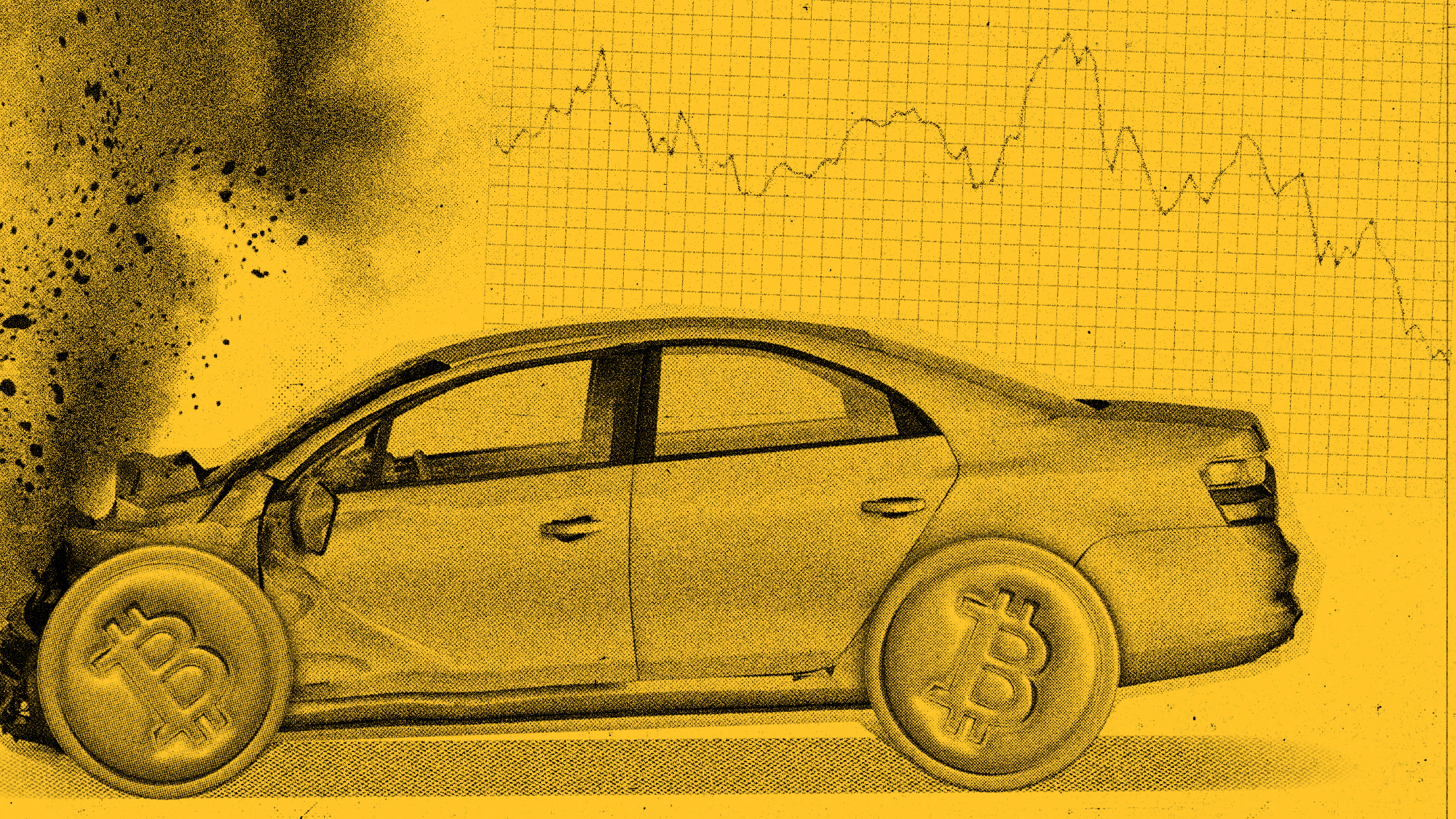 Why is crypto crashing?
Why is crypto crashing?Today's Big Question The sector has lost $1 trillion in value in a few weeks
-
 Would a 50-year mortgage make home ownership attainable?
Would a 50-year mortgage make home ownership attainable?Today's Big Question Trump critics say the proposal is bad policy
-
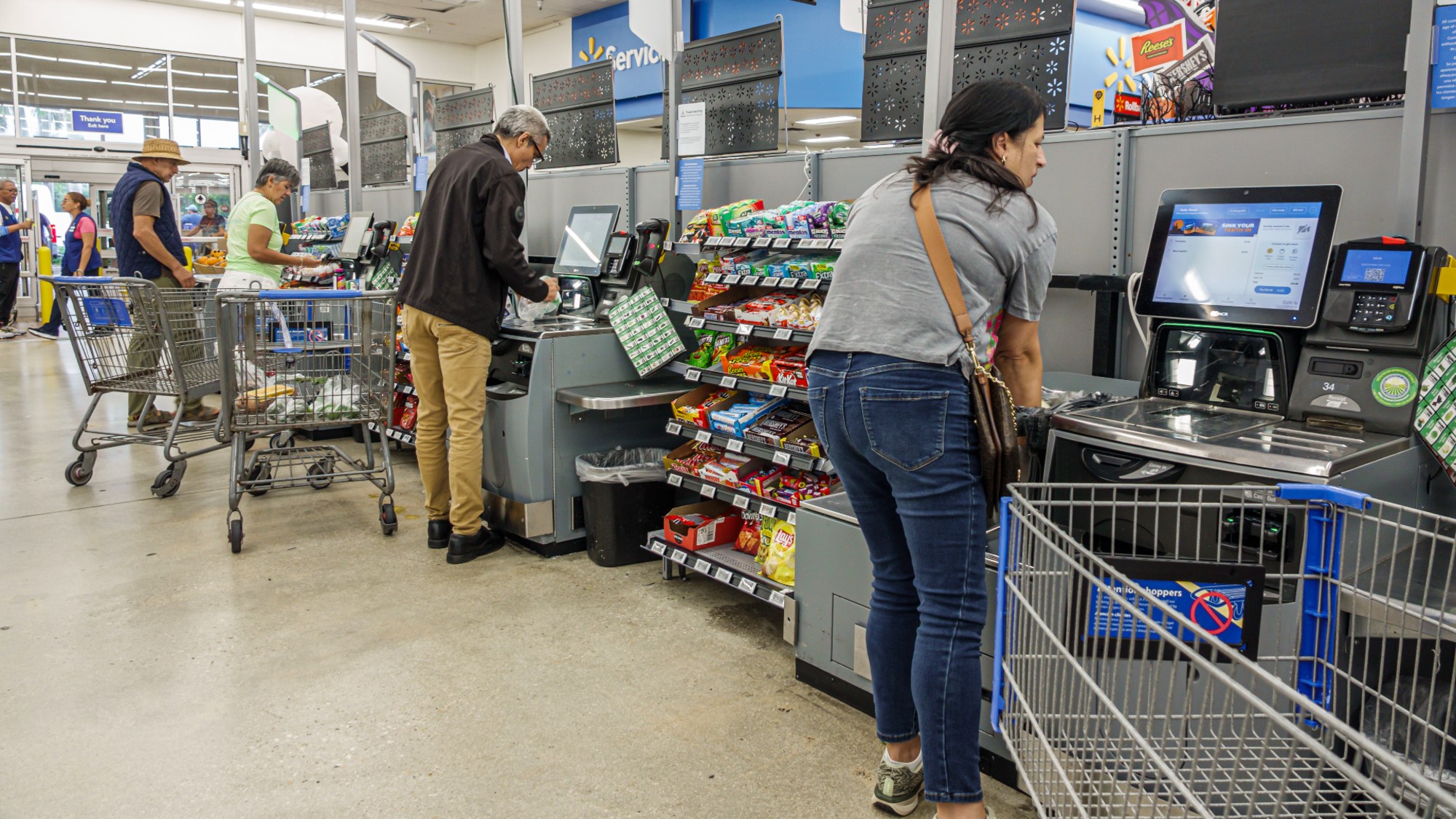 How could worsening consumer sentiment affect the economy?
How could worsening consumer sentiment affect the economy?Today’s Big Question Sentiment dropped this month to a near-record low
